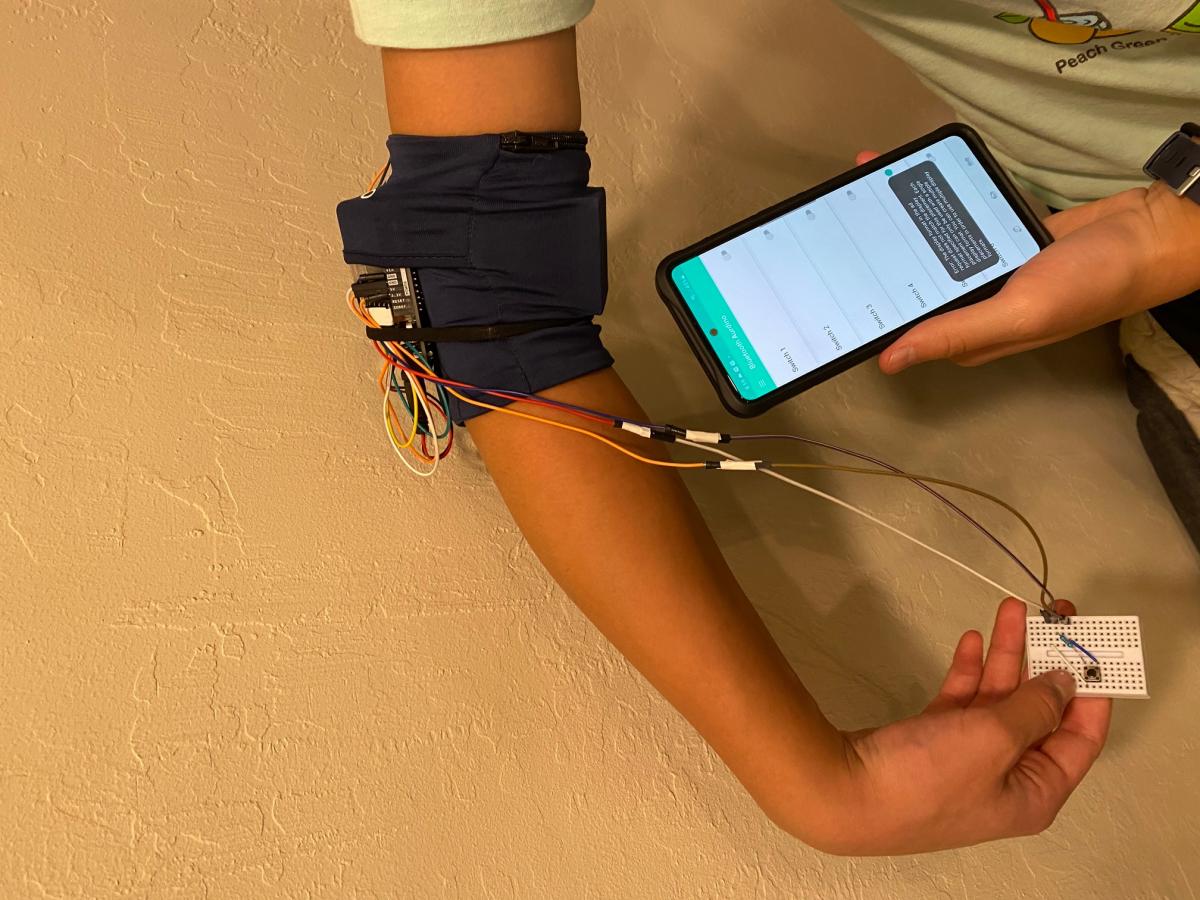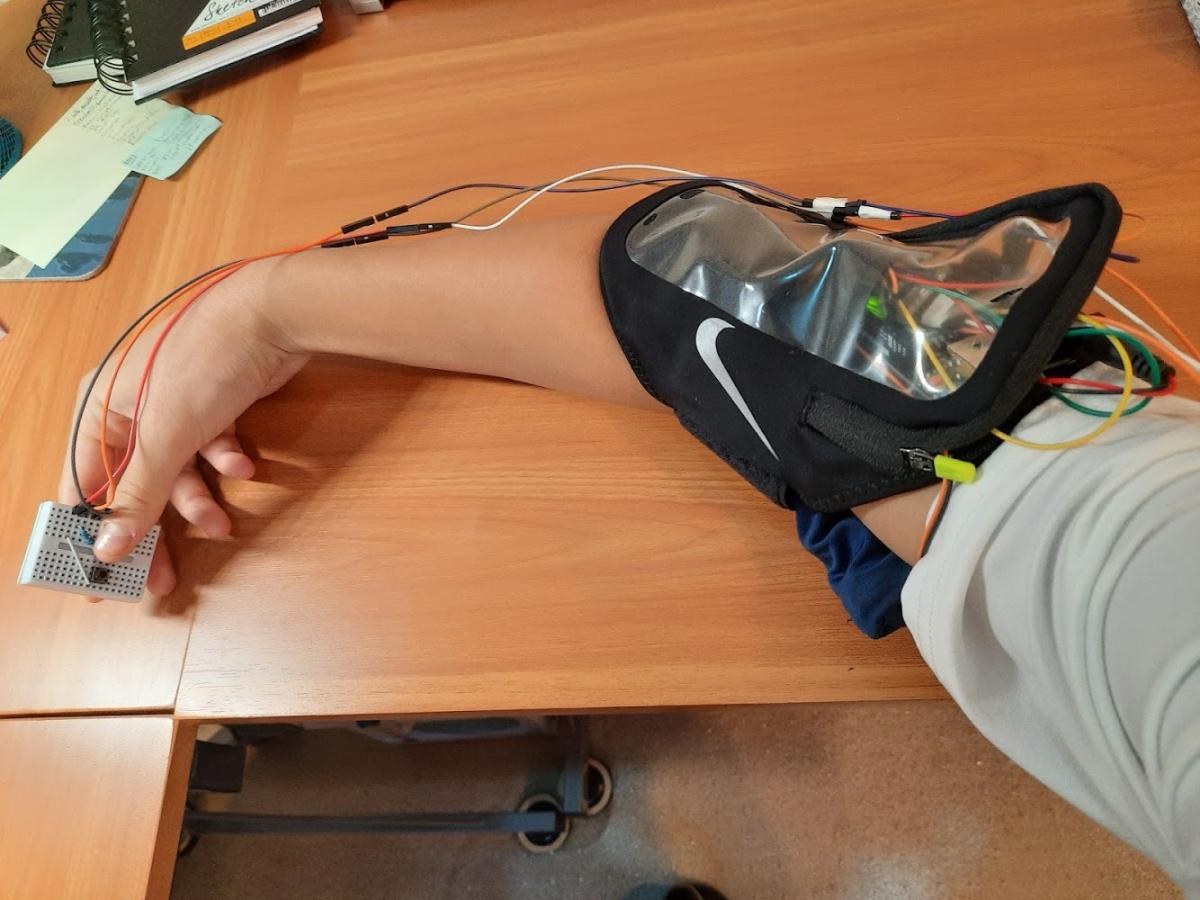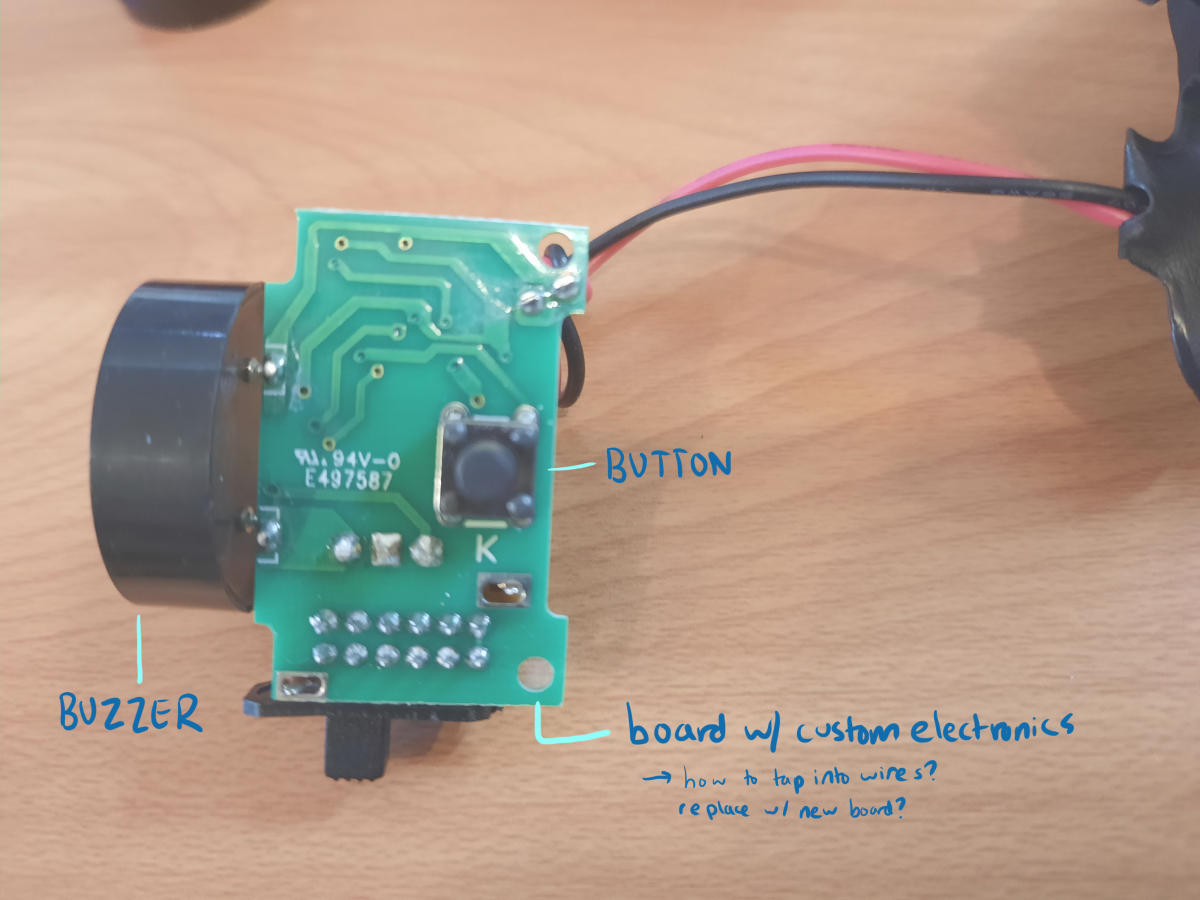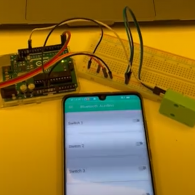Dec/Jan Update: Haptic Prototype Progress
The QLS InvenTeams, aspiring to create a device for deaf basketball players, has accomplished great endeavours in the year of 2020. In order to start 2021 strong, the team has outlined an immediate plan of action for the month of January, including the completion of a full haptic prototype for testing, exploration into compact electronics such as nano arduino and sewable electronics, testing LoRa and Radio transmission methods, and modification of an electronic whistle to create a trigger device.
~~~~~
Haptic Prototype
In particular, the Haptic team fostered great progress. They succeeded in creating a complete prototype using Arduino and a Bluetooth module to trigger a coin vibration motor through a phone app. Testing the range of Bluetooth Module HC-05 revealed that the module has a range of approximately 50 meters, which exceeds the length of a basketball court. Team members had success controlling the Arduino through both an Android system and an iOS system, albeit with some connection inconsistencies. However, because of Bluetooth's limitation of only pairing two devices, other wireless transmission methods like LoRa and radio frequency are being explored instead. The current method will only be used initially for prototyping purposes.
Location
Additionally, the prototype was tested on the upper arm, ankle, waist, and lower back, and the reaction times of each were compared. In order to measure a reaction time, the member did physical activities while a helper triggered the device on the side. When the player observed a signal, they responded by pressing a button on their own device, and the program automatically measured the exact time between the trigger and the response. Through this testing procedure, the lower back proved to have a significantly slower reaction (around 1.5s) compared to the arm, ankle, and waist, which all yielded similar results (around 0.7s). Considering other factors like comfort and interference with game movements, ankle and upper arm will be pursued farther.


Vibration Motor
Next, the team aims to upgade the haptic prototype with stronger vibration motors. After extensive research, LRA motors seem the most ideal for their compact coin shape, battery efficiency, and vibration strength. These will still be tested against a few other ERM motors, and the team is currently awaiting the arrival of these components.
Other Possibilities
In addition, the team researched another possible method using haptic airwaves, which may be explored further.
Visual Prototype
In parallel, another group explored a solution of visually signalling the player instead of a haptic device. Over the course of December and early January, the team tested color efficiency and brightness with LEDs, visual patterns, and a location for the device. The team initially tried utilizing the DIP switch in Arduino to control multiple LED’s; however, the switch lacks efficiency and is hard to control. Secondly, the a test was conducted to compare colors of the visual signal. In the order of preference, the colors green, red, white, blue, yellow are suitable. Thirdly, the variables research provided insight regarding the location of the placement of the device and the efficiency of arduino vs. other controllers.
For now, exploration of this path will be temporarily paused to focus on developement of a complete haptic prototype to display at the Mid-Grant Review.
Benchmark Experiment Conclusion
The Benchmark Experiment results were finalized after taking a second set of data points that yielded similar values. The average reaction time without the assistance of a signalling device is approximately 2 seconds, which the team aims to improve.
Trigger Device
An electronic whistle will be used as the trigger device. After deconstructing an existing product, the team has decided to add a physical button on top of the existing trigger becuase it is the fastest plan of action considering this prototype stage.

.png)
.png)


